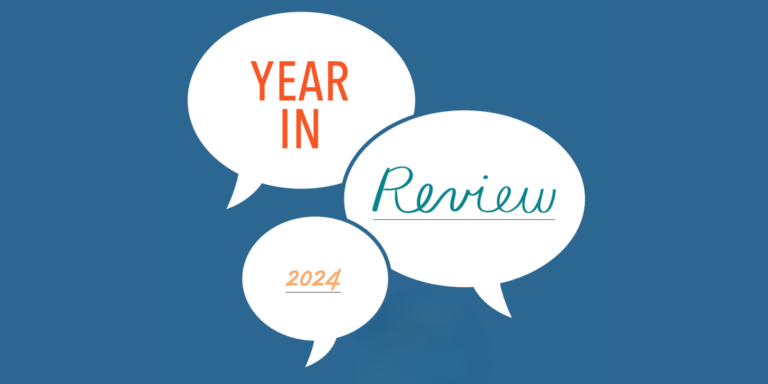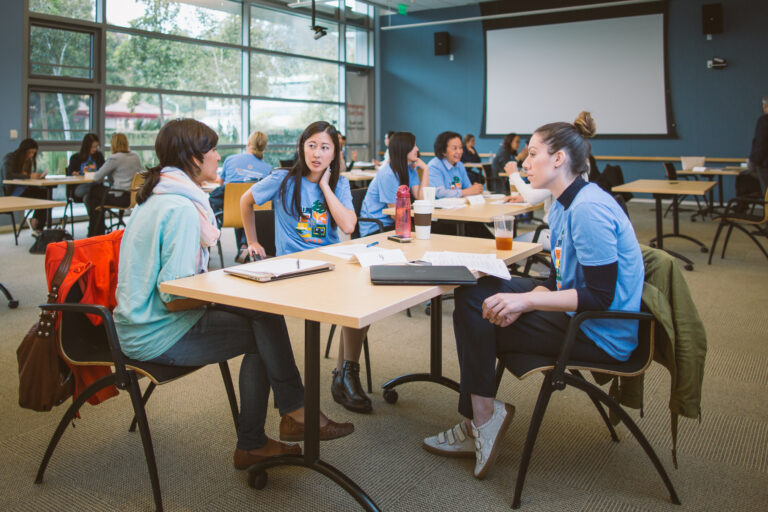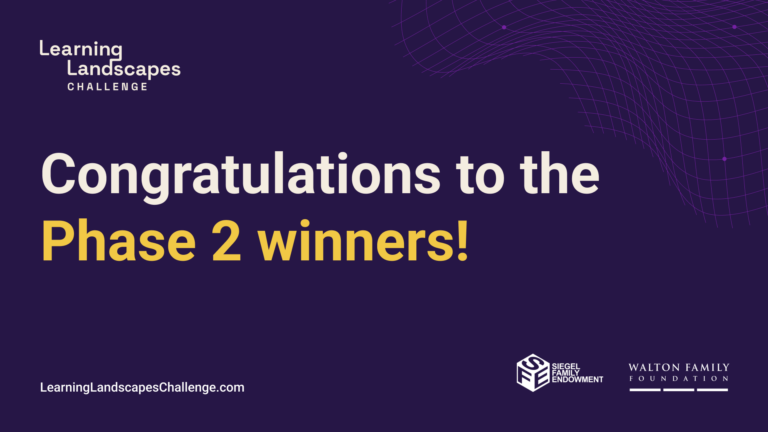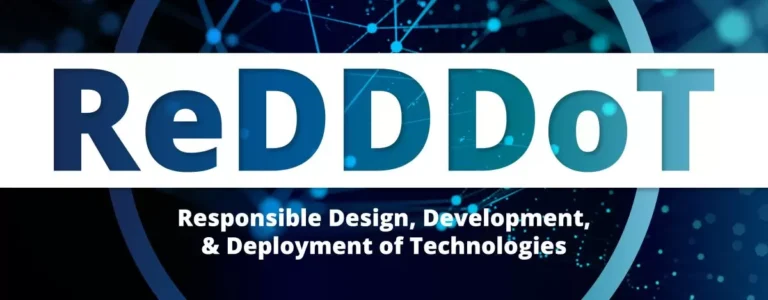by Joshua Elder
What do architects, educators, and technologists have to teach one another about the future of learning? What do effective learning environments look like in a world that is highly technology-infused? And how can leaders from the disparate fields of design, education, and tech collaborate to redefine what the learning and education environments of the future look like?
Last week, I joined Ron Bogle of Reimagine America’s Schools at a panel hosted by the International Society for Technology in Education (ISTE) to co-moderate a discussion among experts who are developing answers to these questions and identifying opportunities by exploring the intersections of their work. Architects, designers, tech leaders, education advocates, and school administrators all came together to discuss reshaping learning in a world where the roles of physical and virtual spaces are evolving, and increasingly influenced by new and evolving technologies. Our own multidimensional framework for infrastructure grantmaking is built around balancing the physical, social, and digital elements of our world, and this conversation was an opportunity to explore the interactions of those factors with learning and education.
As a former educator who now develops grantmaking strategies to support work at the intersections of learning, workforce, and infrastructure, I was especially excited to help guide a conversation on the changing roles of technology and physical space in shaping modern education. These are topics that I’ve been discussing internally with our team over the last few months, and they’re especially relevant to the grantmaking work that we do at the intersection of learning and infrastructure.
This panel was a great opportunity to source insights from a large and diverse panel of experts. I’ve gathered some of my key takeaways from the event below, and I’m hopeful that these are areas we’ll continue to explore in depth through our partnership and grantmaking work.
- Designing schools for the future isn’t just about incorporating new technologies into existing teaching systems. The challenge of creating innovative spaces for the future of learning is much bigger than figuring out how to bring new technology into the classroom. Effective innovation is going to require a much more people-centric approach. “One of the fundamental purposes of education and schools is teaching people to be human beings,” said Ace Parsi, Director of Innovation at the National Center for Learning Disabilities. “Technology can facilitate a lot of that, but we need to start with the end goal in mind – to think about the experience we want young people to have, and think about how technology can facilitate that.”
- Redefining the role of physical school spaces has huge implications for the relationship between school and learning. School buildings as physical sites serve many purposes and provide a lot of resources – they’re supervised places for kids to go while their parents work, they’re locations where students can get their basic food and clothing needs met, and they’re often communities and safe spaces for young people to develop socio-emotional skills that will stay with them for life. As schools have moved their learning functions into the virtual realm, questions around the purpose of a school as a physical space are becoming more pressing, and are more open to new possibilities than ever before.
- Architecture, as a practice, needs to reshape itself to accommodate new technologies. The introduction of utilities like electricity and plumbing required the field of architecture to redefine the way it operated, said Ashley Arhart, Built Experience Innovator & Principal with BCG Platinion. There’s a strong historical precedent for changing the built environment to reflect advancements and changes in other intersecting fields. She went on to identify a key challenge for the immediate future: making sure that practitioners from the fields of architecture, education, and technology develop a shared vocabulary that will help them collaborate to create the most effective technology-enabled learning environments possible.
- Technology can be a great equalizer in education – and it also has the power to magnify inequality. Students without access to basic technology and consistent broadband internet stand to lose the most in a widespread shift to digital learning, and many rely heavily on physical resources provided at schools. “Many kids are getting more and more disenfranchised by the minute,” said Sheryl Abshire, an educational consultant and former CTO of Calcasieu Parish Public Schools. Creating solutions for a range of connectivity types and access levels has never been more important to developing equitable learning environments, both virtual and otherwise.
This is a pivotal moment in time for schools, education, and technology, and I was reminded throughout the panel of just how important this time has been to reassessing the work of practitioners in each of these diverse fields. We can’t afford to go back to the way things were before the COVID-19 pandemic accelerated our thinking on all of these topics – we can only go forward with a strategic plan and a clear vision that allows for intersectionality between learning, design, and technology, and that incorporates the voices of all of these diverse stakeholders.

Joshua Elder is the Director of Grants Management at Siegel Family Endowment





